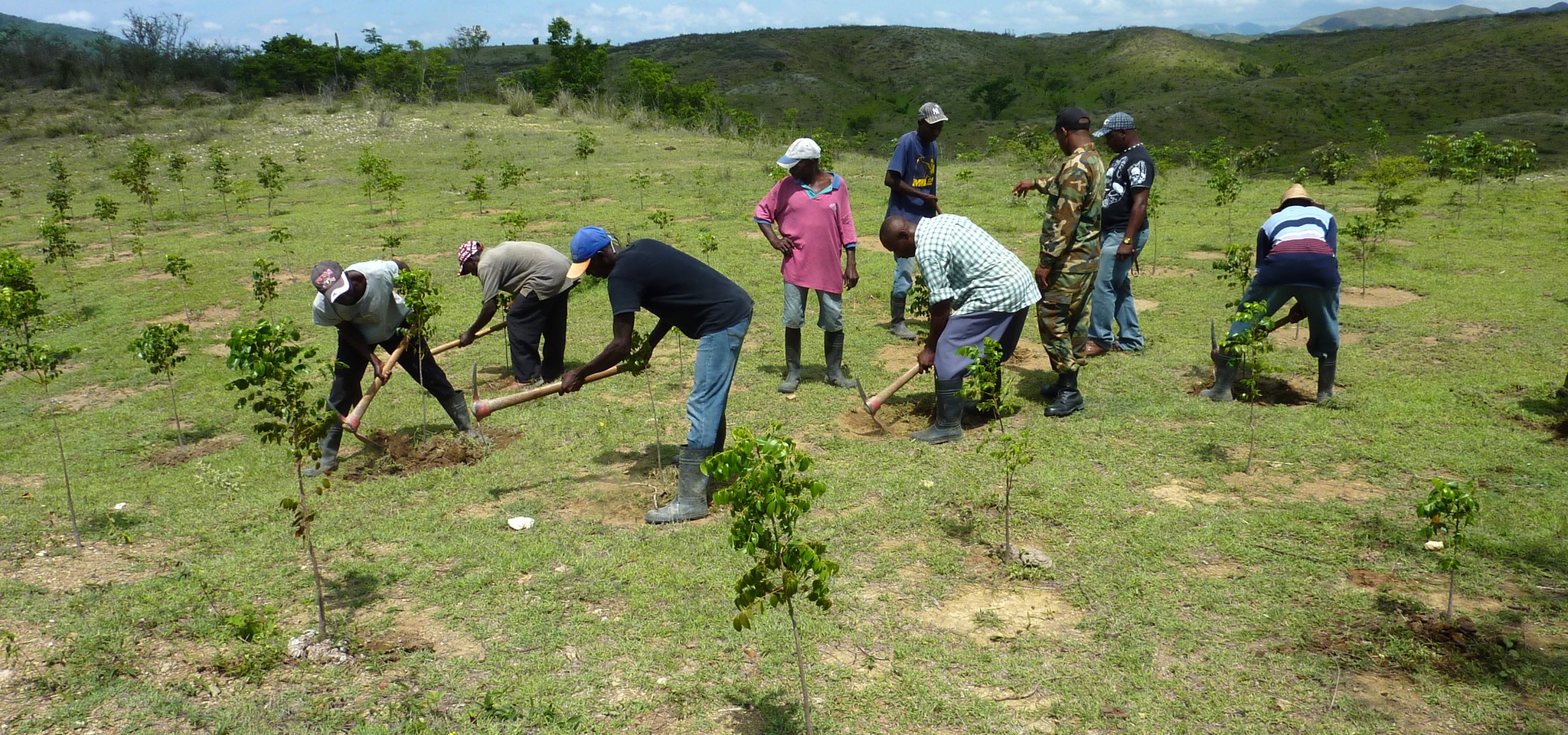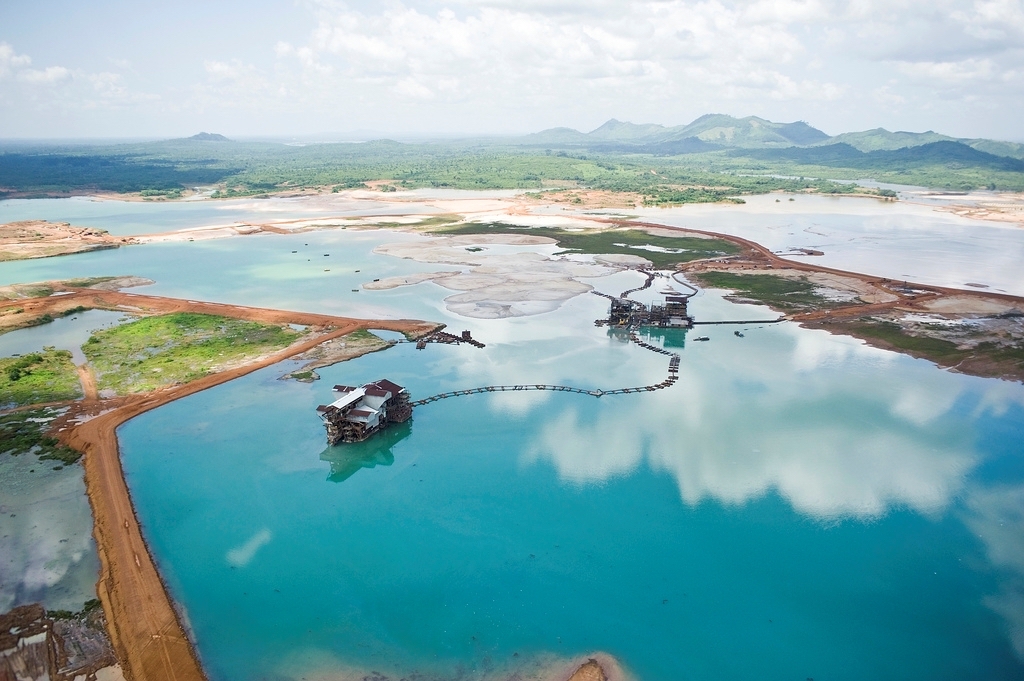Environmental Preparedness Planning
Including environmental considerations in the planning of emergencies preparedness

Including environmental considerations in the planning of emergencies preparedness
Addressing environment as part of preparedness planning lays the foundation for its integration into humanitarian action. Preparedness planning allows various actors to come together and engage in risk mitigation, allowing synergies between fields such as land use planning, environmental protection and health, and safety protection (Alexander, 20161). Emergency planners should actively seek to involve other stakeholders in order to maximize these synergies. Inviting environmental actors to take part in the preparedness planning process, as well as assigning roles and responsibilities for them throughout response and recovery, significantly advances environmental mainstreaming.
The planning process also facilitates building trust and familiarity amongst emergency responders and environmental actors, which is especially important during an emergency. Additionally, based on risk, vulnerability and capacity assessments, the emergency plan helps to identify which capacities and resources should be produced or obtained to be able to respond to various (environmental) contingencies. If done thoroughly, the planning process is instrumental for developing the necessary capacities for managing environmental risks. Ideally, environmental factors will be mainstreamed throughout preparedness and contingency plans.
Understanding the current and potential future environmental conditions of a region is essential for an efficient and sustainable response
Risk analysis provides a common understanding and prioritization of risks, and should include existing environmental conditions and threats
Communicating risks effectively to populations and communities is essential for people to be able to be better prepared and to reduce the damaging impacts of hazards.
Policies supported by institutional frameworks and legal arrangements make up the disaster risk management framework. In order to systematically integrate environmental concerns in humanitarian action, one must consider the institutional arrangements governing disaster preparedness, response, recovery and emergency funding.
An understanding of evolving risks is fundamental to a timely and effective response. The analysis of disaster risks informs the planning of a response, while monitoring ensures that the process is responsive to changing contexts




